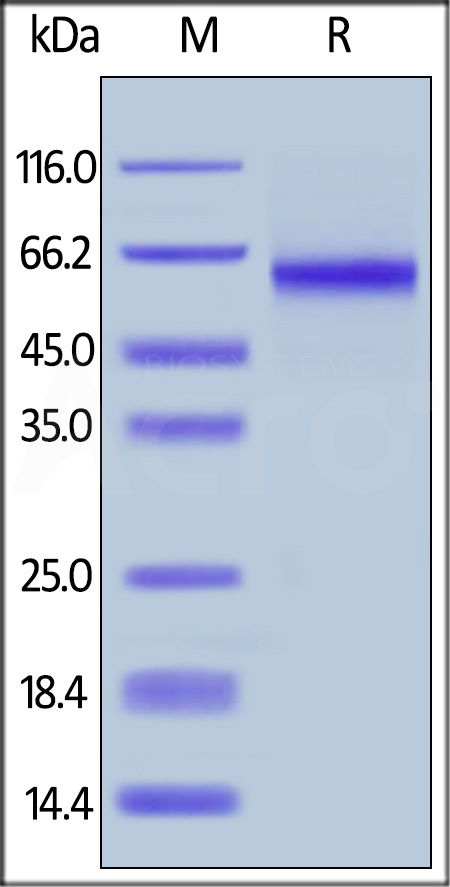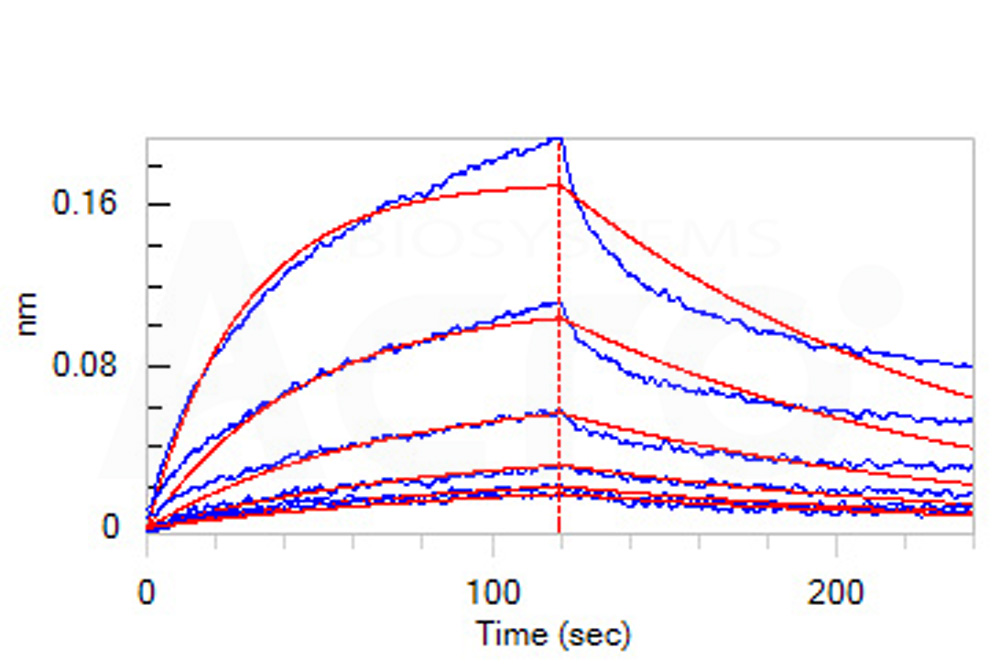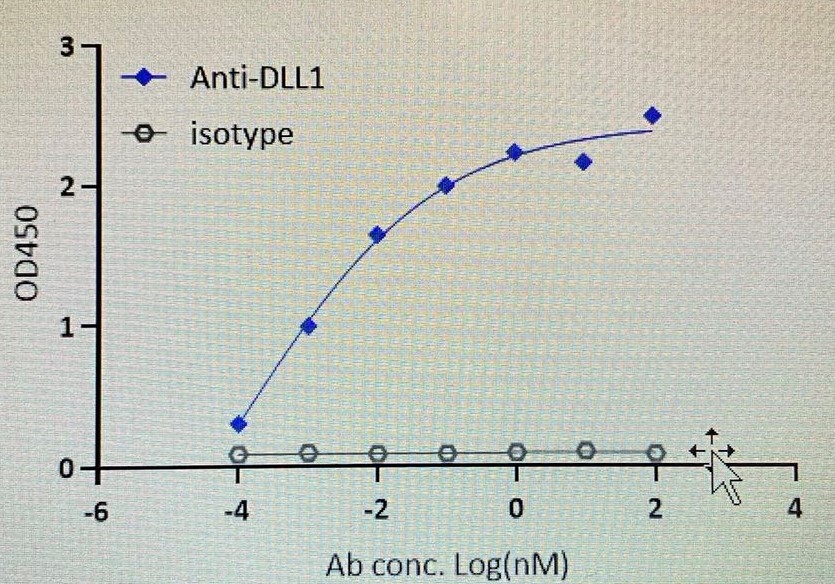Human Myobundle Platform for Studying the Role of Notch Signaling in Satellite Cell Phenotype and FunctionBroer, Tsintolas, Hammond
et alAdv Healthc Mater (2025)
Abstract: Notch signaling plays a pivotal role in regulating satellite cell (SC) behavior during skeletal muscle development, homeostasis, and repair. While well-characterized in mouse models, the impact of Notch signaling in human muscle tissues remains largely underexplored. Here, a 3D tissue-engineered model of human skeletal muscle ("myobundles") is utilized as an in vitro platform for temporal control and studies of Notch singaling. Myofiber-specific overexpression of the Notch ligand, DLL1, early in myobundle differentiation increases the abundance of 3D SCs and shifts their phenotype to a more quiescent-like state, along with decreasing muscle mass and function. In contrast, myofiber-specific DLL1 overexpression after one week of myobundle differentiation does not affect 3D SC abundance or muscle function, but increases transcriptomic markers of SC quiescence, confirming the temporal dependence of SC activation and self-renewal on Notch signaling activity. Finally, for the first time these studies show that even after a transient, myofiber-specific upregulation of Notch signaling in myobundles, 3D SCs expanded from these tissues can re-form functional "secondary" myobundles containing an amplified SC pool. Future studies in the described human myobundle platform are expected to aid the development of novel Notch-targeted therapies for muscular dystrophies and aging.© 2025 Wiley‐VCH GmbH.
Bordetella adenylate cyclase toxin elicits chromatin remodeling and transcriptional reprogramming that blocks differentiation of monocytes into macrophagesAhmad, Modrak, Fajfrova
et almBio (2025)
Abstract: Bordetella pertussis infects human upper airways and deploys an array of immunosuppressive virulence factors, among which the adenylate cyclase toxin (CyaA) plays a prominent role in disarming host phagocytes. CyaA binds the complement receptor-3 (CR3 aka αMβ2 integrin CD11b/CD18 or Mac-1) of myeloid cells and delivers into their cytosol an adenylyl cyclase enzyme that hijacks cellular signaling through unregulated conversion of cytosolic ATP to cAMP. We found that the action of as little CyaA as 22 pM (4 ng/mL) blocks macrophage colony-stimulating factor (M-CSF)-driven transition of migratory human CD14+ monocytes into macrophages. Global transcriptional profiling (RNAseq) revealed that exposure of monocytes to 22 pM CyaA for 40 hours in culture with 20 ng/mL of M-CSF led to upregulation of genes that exert negative control of monocyte to macrophage differentiation (e.g., SERPINB2, DLL1, and CSNK1E). The sustained CyaA action yielded downregulation of numerous genes involved in processes crucial for host defense, such as myeloid cell differentiation, chemotaxis of inflammatory cells, antigen presentation, phagocytosis, and bactericidal activities. CyaA-elicited signaling also promoted deacetylation and trimethylation of lysines 9 and 27 of histone 3 (H3K9me3 and H3K27me3) and triggered the formation of transcriptionally repressive heterochromatin patches in the nuclei of CyaA-exposed monocytes. These effects were partly reversed by the G9a methyltransferase inhibitor UNC 0631 and by the pleiotropic HDAC inhibitor Trichostatin-A, revealing that CyaA-elicited epigenetic alterations mediate transcriptional reprogramming of monocytes and play a role in CyaA-triggered block of monocyte differentiation into bactericidal macrophage cells.IMPORTANCETo proliferate on host airway mucosa and evade elimination by patrolling sentinel cells, the whooping cough agent Bordetella pertussis produces a potently immunosubversive adenylate cyclase toxin (CyaA) that blocks opsonophagocytic killing of bacteria by phagocytes like neutrophils and macrophages. Indeed, chemotactic migration of CD14+ monocytes to the infection site and their transition into bactericidal macrophages, thus replenishing the exhausted mucosa-patrolling macrophages, represents one of the key mechanisms of innate immune defense to infection. We show that the cAMP signaling action of CyaA already at a very low toxin concentration triggers massive transcriptional reprogramming of monocytes that is accompanied by chromatin remodeling and epigenetic histone modifications, which block the transition of migratory monocytes into bactericidal macrophage cells. This reveals a novel layer of toxin action-mediated hijacking of functional differentiation of innate immune cells for the sake of mucosal pathogen proliferation and transmission to new hosts.
Host-derived Delta-like Canonical Notch ligand-1 in sepsis and septic shock: Infection site, pathogens and disease severity matter - Secondary analysis of data from a randomized controlled trialTheobald, Bloos, Bauer
et alJ Infect (2025) 90 (4), 106458
Abstract: Sepsis is a life-threatening condition and many biomarkers for diagnosing and treatment guidance have been investigated in recent years. However, new ones are emerging almost daily, only few markers with diagnostic value have passed to entered clinical routine application. Delta-like canonical Notch ligand-1 (DLL-1) seems to be a potential contributor in the differentiation between sepsis and non-septic infection. Its role for clinical application and potential septic outcome prediction is yet unclear.This study is a secondary analysis of data and DLL-1 measurements from plasma samples obtained in the SISPCT trial. Primary objective of this explorative study was to investigate the difference of DLL-1 values between patients with sepsis and septic shock. Secondary objectives were the differences in DLL-1 levels in patients with different blood culture results, with infections caused by different pathogens, by origin of infection and disease severity. Furthermore, the study investigated the use of DLL-1 for in-hospital and intensive care unit (ICU) mortality prediction. Therefore, data from 1.027 patients were analyzed.DLL-1 values were significantly higher in patients with septic shock than in septic patients (13,003 ± 7695 pg/mL and 9257 ± 4188 pg/mL, p<0.001). Patients with abdominal infections, primary bacteremia or surgical wound infections exhibited the highest DLL-1 values. In addition, patients with gram-negative pathogens had significantly higher DLL-1 levels than those with specific gram-positive pathogens or negative blood cultures (p<0.001). Infections caused by Escherichia coli, Enterobacterales, and Staphylococcus aureus were associated with the highest DLL-1 levels (18,341 pg/mL, (12,968; 23,250), 21,556 pg/mL (14,386; 30,939) and 16,352 pg/mL (11,905; 25,853), respectively). DLL-1 levels correlated with increasing SOFA scores and demonstrated predictive value for in-hospital and ICU mortality, with an AUC of 0.7, outperforming lactate and procalcitonin.Delta-like canonical Notch ligand-1 (DLL-1) is increased in septic shock compared to sepsis. Its elevation appears to be dependent on the infection focus, the triggering pathogen and the disease severity. Furthermore, it has a predictive value for mortality.Copyright © 2025 The Author(s). Published by Elsevier Ltd.. All rights reserved.
Integrative Analysis of Gene Expression and Promoter Methylation to Differentiate High-Grade Serous Ovarian Cancer from Benign TumorsVaicekauskaitė, Kazlauskaitė, Gineikaitė
et alBiomedicines (2025) 13 (2)
Abstract: Background: Ovarian cancer (OC) is the third most common and second most lethal onco-gynecological disease in the world, with high-grade serous ovarian cancer (HGSOC) making up the majority of OC cases worldwide. The current serological biomarkers used for OC diagnosis are lacking sensitivity and specificity, thus new biomarkers are greatly needed. Recently, the chromatin remodeling complex gene ARID1A, Notch and Wnt pathway gene expression, as well as HOX-related gene promoter methylation have been linked with promoting OC. Methods: In this pilot study, 10 gene expression biomarkers and 4 promoter methylation biomarkers were examined as potential diagnostic and prognostic indicators of OC in 65 fresh-frozen gynecologic tumor tissues. Results: Out of 10 genes analyzed, the expression of eight biomarkers was significantly reduced in OC cases compared to benign, and HOX-related gene promoter methylation significantly increased in OC tumors. Out of 14 biomarkers, CTNNB1 showed the best single biomarker separation of HGSOC from benign cases (AUC = 0.97), while a combination of the seven Notch pathway-related gene expressions (NOTCH1, NOTCH2, NOTCH3, NOTCH4, DLL1, JAG2, and HES1) demonstrated the best separation of HGSOC from the benign cases (AUC = 1). Conclusions: The combination of multiple gene expression or gene promoter methylation biomarkers shows great promise for the development of an effective biomarker-based diagnostic approach for OC.




 +添加评论
+添加评论






















































 膜杰作
膜杰作 Star Staining
Star Staining


















